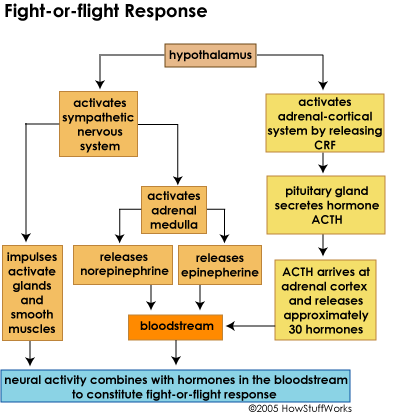PTSD/Complex PTSD

PTSD In DSM-5, (published in May, 2013) Post-Traumatic Stress Disorder, is classified as a trauma and stressor related disorder, which can be caused by a one-time trauma. Examples of this would be a car crash, suffering or witnessing an crime, violence or war. Diagnostic criteria for PTSD include a history of exposure to a traumatic event that meets specific stipulations and symptoms from each of four symptom clusters: intrusion, avoidance, negative alterations in cognitions and mood, and alterations in arousal and reactivity.(1)
Symptoms or Expressions of PTSD
Panic attacks Addictions (alcohol, drugs, sex) Sleep disorders
Uncontrollable crying Overreaction to minor stress Nightmares
Uncontrollable rages State of fight or flight Terror
Eating disorders Shame, guilt and blame Somatic pain
Suicidal feelings High risk behaviours Self-mutilation
Extreme mood swings Sense of defilement or stigma
Complex PTSD
Complex Post Traumatic Stress Disorder is PTSD with added symptoms caused due to prolonged severe , ongoing trauma, or multiple types of trauma, either life threatening, or complex interpersonal trauma in childhood, within a captivity or entrapped situation, where the child/adult doesn't perceive there to be a viable escape. (2)

Physiological Effects
The following graph details the physiological response to a perceived threat by external/internal stimuli. When there is repeated stimulation of the mechanism it creates a rut, groove or entrenched neuro pathway. A child’s fear of the dark is quite common, fear of the unknown and unseen felt by everyone. It is the parental response to that fear can;

(A) minimize, shame(e.g. denial by adult logic/standards “There’s nothing to be afraid of”) (B)to be supportive by altering dynamics (e.g., night light, hall light left on, staying until child falls asleep),
(C)or be a combination of both, creating a base of confusion/self- doubt /inconsistency. (e.g. “I’ll leave the bathroom light on but, you really should get over it”, “You sure you need the light on?”, “ You don’t need it tonight”)
What starts as an apprehension can be resolved as the child gains confidence and understanding of their surroundings. What usually is a small stage of development can become a nightly fear trigger if dealt with inappropriately. A child who perceives a fear/threat every night with a simple act of going to bed will develop a patterned fear response.
This is only an introduction to the physical fall out of PTSD and Complex PTSD.
For more information on;
Neurological impacts please click HERE
Dealing with your Inner Critic click HERE
Triggers please click HERE
Flashbacks click HERE
PTSD Recovery click HERE


